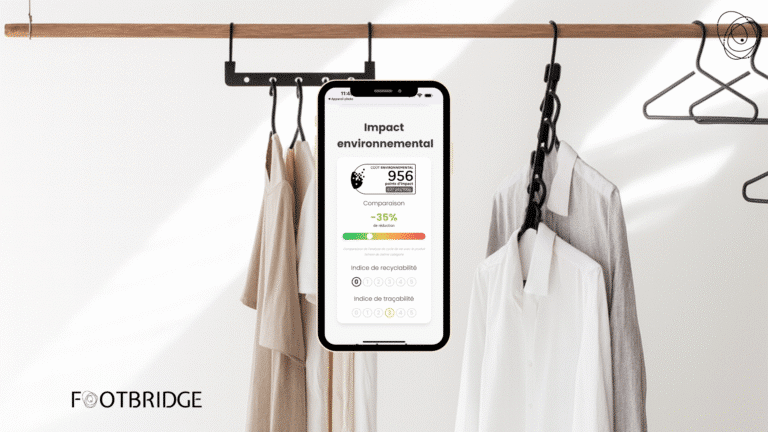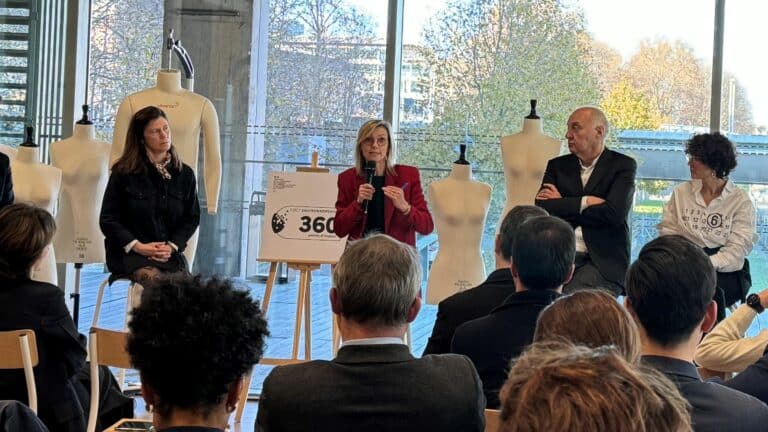The Corporate Sustainability Reporting Directive (CSRD) is a European directive designed to improve corporate transparency and accountability by imposing a set of identical standards on all companies. Each company concerned will be required to collect a set of environmental, social and governance data for itself and its value chain.
The CSRD is an integral part of the “Green Deal”, the European Union’s project to make Europe the first carbon-neutral continent by 2050. This directive is the evolution of the DPEF (Déclaration de Performances Extra-Financières) to which certain French companies were subject.
The impact of the CSRD will, however, be much broader, since from January 2025, all companies meeting at least 2 of the 3 criteria listed below will be concerned:
- 50 million in sales
- 250 employees
- 25 million balance sheet
Sommaire
Understanding CSRD and its implications
The main aim of this new standard is to facilitate the comparability of companies’ CSR reports. In passing this directive, the European Parliament wanted to make the information available, detailed and standardized, to enable investors in the financial markets (themselves subject to the European SFDR standard) to orient their actions according to the assessment of companies’ extra-financial performance.
What’s more, this report, which must be made public, will be available to all: consumers, associations and NGOs, suppliers, other companies, etc. As a result, companies will have to demonstrate transparency and a high level of rigor, combined with knowledge of their value chain.
Given the complexity and multiplicity of its supply chains, the textile industry will have to redouble its efforts to gather reliable information from all its stakeholders. 
Complying with the CSRD standard
-
ESRS organization
EFRAG, the European body that publishes this standard, has defined 12 standards called ESRS (European Sustainability Reporting Standard) to which companies must adhere. These standards are either transversal and mandatory (ESRS 1 and ESRS 2), or thematic (ESRS E, ESRS S, ESRS G).
The latter, to become mandatory, must undergo a relevance assessment known as a “double materiality analysis”.
Each thematic standard is then broken down into a number of disclosure requirements (called Disclosure Requirements, DR), which in turn are broken down into specific data to be collected (called Data Points, DP).
-
The double materiality matrix
The double materiality matrix is the first step in CSRD reporting. It is essential for determining the ESRS with which the company must comply.
Unlike a simple materiality matrix (used by a large number of companies), the double materiality matrix is based on identifying the relevance of the 90 issues listed in ESRS 1, from two points of view:
- Impact materiality : the company’s impact on the environmental and social spheres
- Financial materiality : the impact of the environmental and social spheres on the company’s finances.
The success of this assessment relies heavily on detailed bibliographical research and the commitment of the company’s stakeholders (employees and value chain).
Once this matrix has been drawn up, the company can clearly identify the data to be collected and published. 
-
Audit by a statutory auditor (CAC) or an independent third-party organization (OTI)
Like the extra-financial performance declaration, the CSRD must be audited by a CAC or an OTI. This audit will validate the publication (or not) of this report. To avoid non-conformity when the report is closed, Good Fabric works closely with the auditing body chosen by the company throughout the project.
Calculate the eco-score of your clothing
Master the environmental impacts of your designs with our dedicated platform.
Schedule a demoPreparing your company for CSRD
Anticipate or endure. CSRD can be seen as a nightmare of regulation, or as an opportunity for a company to embrace the major challenges facing its industry. Either way, it is now an obligation.
CSRD is not simply a financial or legal report: it involves the whole company and its stakeholders, and can be a real asset in overall strategic thinking.
To respond effectively to CSRD obligations and turn this constraint into an opportunity, it is essential to have a thorough understanding of this standard and to master the specificities of each company’s sector. Correctly executed, this reporting work can facilitate the evolution of the business model, and help teams to embark on a sustainable and virtuous trajectory.
GOOD FABRIC: pragmatic support
For over 10 years, Good Fabric has been helping companies in the textile and clothing sector to define and implement their CSR strategy, and to understand their value chain. Our expertise in the industry and in the field enables us to offer you pragmatic support tailored to the specific challenges of our sector.
GOOD FABRIC‘s CSR team (which also develops the Footbridge SaaS platform) is specifically trained in CSRD, and will support you according to the size and specificities of your company in order to :
- Explain the CSRD standard and the stakes involved in these regulations
- Involve all teams in the implementation of this corporate project
- Lead and support working groups in defining the risks and opportunities associated with each issue.
- Support management and project managers in this reporting process.
Good Fabric is already supporting several ready-to-wear brands in this process. Our methodology, already deployed and validated by the CACs of these companies, aims to simplify, concretize and transform this reporting into real added value in the company’s strategy.
Conclusion
At Good Fabric, we are convinced that CSRD is an opportunity to link environmental, social and governance issues with the economic and financial stakes of the company. In supporting you in the deployment of this project, we’ll be drawing on our experience and enthusiasm to offer you a pragmatic approach that’s as close as possible to the realities of our sector. Written by Camille and Alice from the Good Fabric team Articles https://footbridge-impact.com/enjeux-et-opportunites-de-la-csrd/https://footbridge-impact.com/application-de-la-directive-csrd-pour-les-entreprises-textiles/https://entreprendre.service-public.fr/actualites/A16970https://institut-superieur-environnement.com/blog/csrd-qui-est-concerne-par-la-nouvelle-directive-europeenne-sur-le-reporting-extra-financier-au-1er-janvier-2024/






